We’re excited to introduce you to the always interesting and insightful Brice Gelot. We hope you’ll enjoy our conversation with Brice below.
Brice, looking forward to hearing all of your stories today. We’d love to hear about a project that you’ve worked on that’s meant a lot to you.
As a street photographer the most meaningful project I am working on is a series I called “Gimme Shelter”,
In the heart of the world’s slums and impoverished neighborhoods, where the struggle for basic human needs is a daily reality. In this ambitious project, my aim is not just to capture the faces and places of homelessness but to delve deep into the souls of those who call the streets their home. The housing crisis, a pervasive issue haunting our global society, often remains unseen, ignored by the majority. These are the individuals whose existence is obscured, whose stories are left untold.
Amidst the harsh realities of makeshift shelters and dilapidated buildings, I seek to unearth the profound humanity that resides within these communities. Beyond the surface of poverty and despair, there are moments of resilience, joy, and shared connection that bind us all as human beings. Regardless of our diverse backgrounds, we can find common ground in the simple yet profound experiences of life. Moments that evoke smiles, inspire empathy, and foster an appreciation for the beauty of shared existence.
This project is a testament to the strength of the human spirit, a celebration of the shared beautiful life that transcends the boundaries of socio-economic status. Through poignant photographs, heartfelt narratives, and immersive storytelling, I endeavor to make these often-overlooked individuals not only visible but truly seen. Each image captured, each story told, is a reminder that these are real people with dreams, aspirations, and the right to dignity.
Central to my mission is the desire to create a profound sense of existence for those who have been pushed to the margins of society. It is about acknowledging their presence, their struggles, and their triumphs. By portraying their reality in a compassionate light, I aim to break down the barriers of indifference and misunderstanding that separate us. I want to evoke empathy and understanding, encouraging society to confront this pressing issue with a compassionate heart and an open mind.
What sets this project apart is not just its commitment to shedding light on the harsh realities of slum housing and poverty-stricken neighborhoods but also its promise for change. With unwavering dedication, I pledge to donate 100% of the profits generated by this endeavor to support housing and homeless charities. Every purchase, every contribution, becomes a lifeline for those in need. It transforms empathy into action, promising tangible assistance to the organizations working tirelessly to provide shelter, warmth, and hope to those who have been left with none.
This project is more than just a collection of photographs and stories; it is a call to action. It urges us all to recognize our shared responsibility towards one another, to stand together in the face of adversity, and to be the change we wish to see in the world. Through these narratives of resilience, through the lens of shared humanity, we have the power to ignite compassion, instill hope, and pave the way towards a future where no one is left without a home. Together, we can rewrite the story of homelessness, one act of kindness at a time.

As always, we appreciate you sharing your insights and we’ve got a few more questions for you, but before we get to all of that can you take a minute to introduce yourself and give our readers some of your back background and context?
I am a french photographer documenting the street culture.
My mission runs deeper than aesthetics; it’s rooted in social change. I believe that photographs have the power to transcend boundaries and initiate crucial conversations. I seek to inspire empathy, urging viewers to question their preconceptions. Through my work, I confront stereotypes, promoting understanding and acceptance.
Poverty, humanitarian crises, social justice, and human rights — these themes echo in my photographs, urging society to confront its shortcomings. My art serves as a bridge between cultures, a means to celebrate our differences while emphasizing our shared humanity. Each image is a call to action, a plea for a more compassionate world.
With every project, I strive to break barriers, fostering a world where every story matters, where every life is acknowledged. We pave the way for a more inclusive tomorrow.

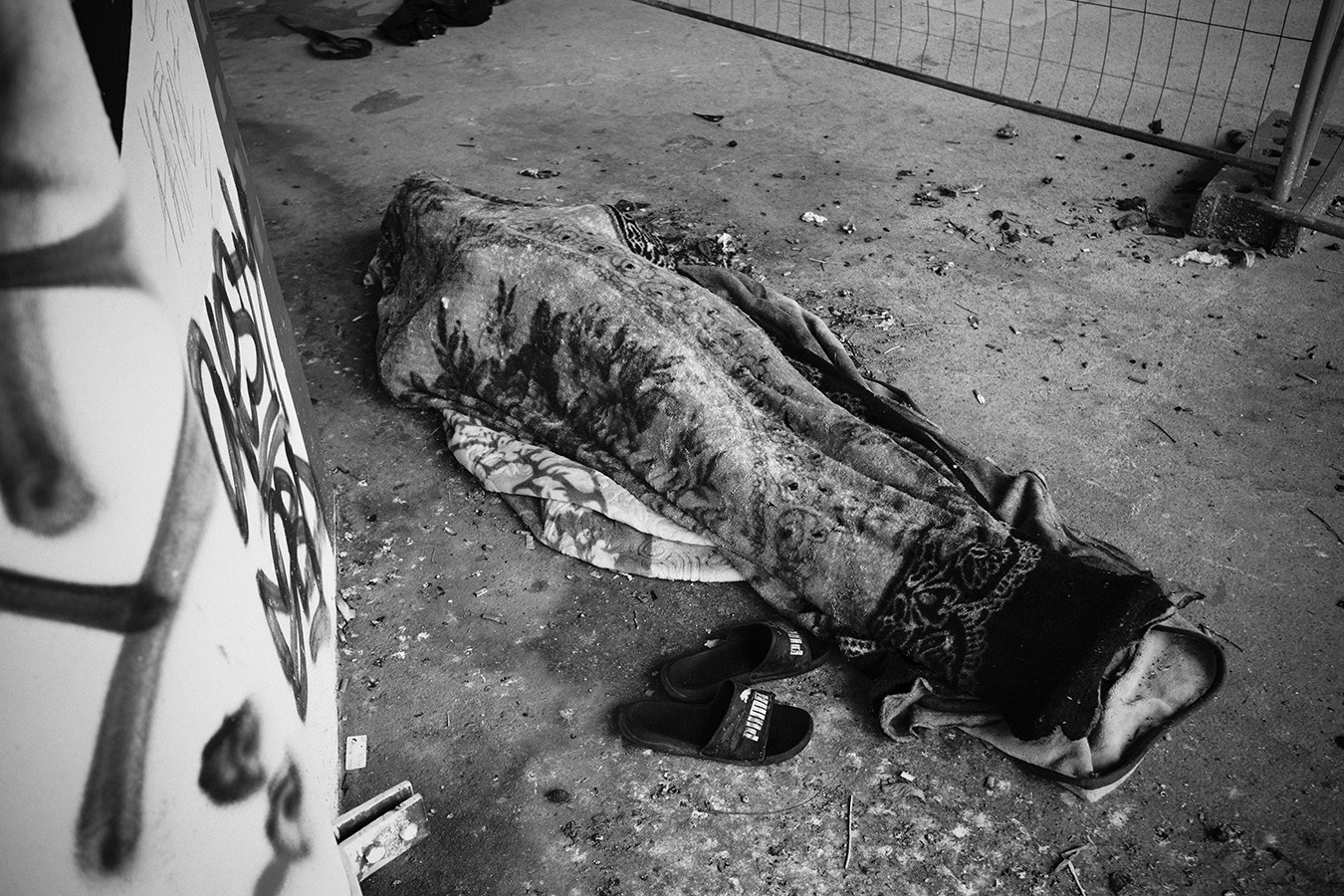
What do you find most rewarding about being a creative?
The most rewarding aspect often lies in the ability to express yourselves, communicate complex ideas or emotions, and connect with others on a deep, meaningful level. Creating something new and unique, whether it’s with photography or any other form of art, can be incredibly fulfilling.
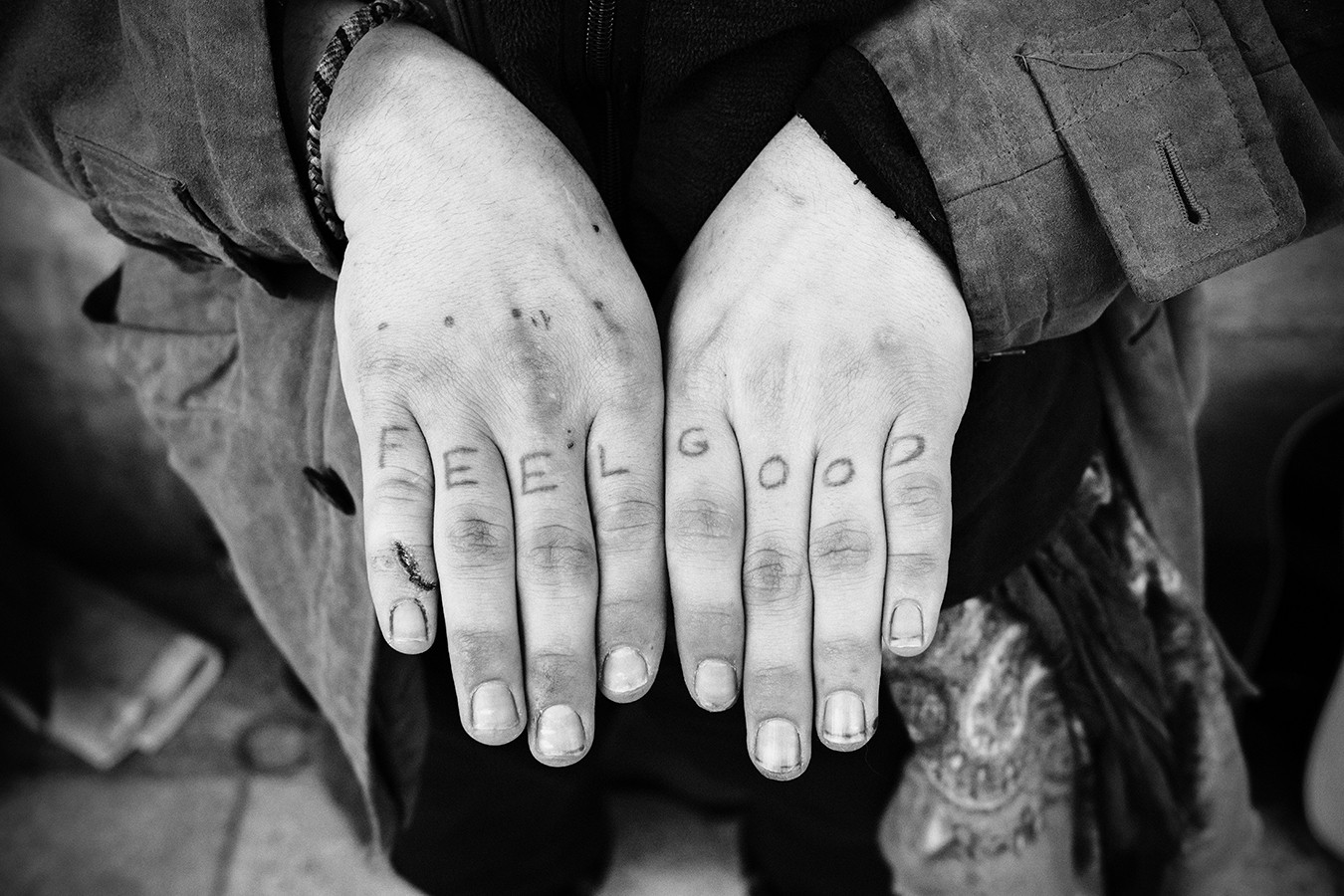
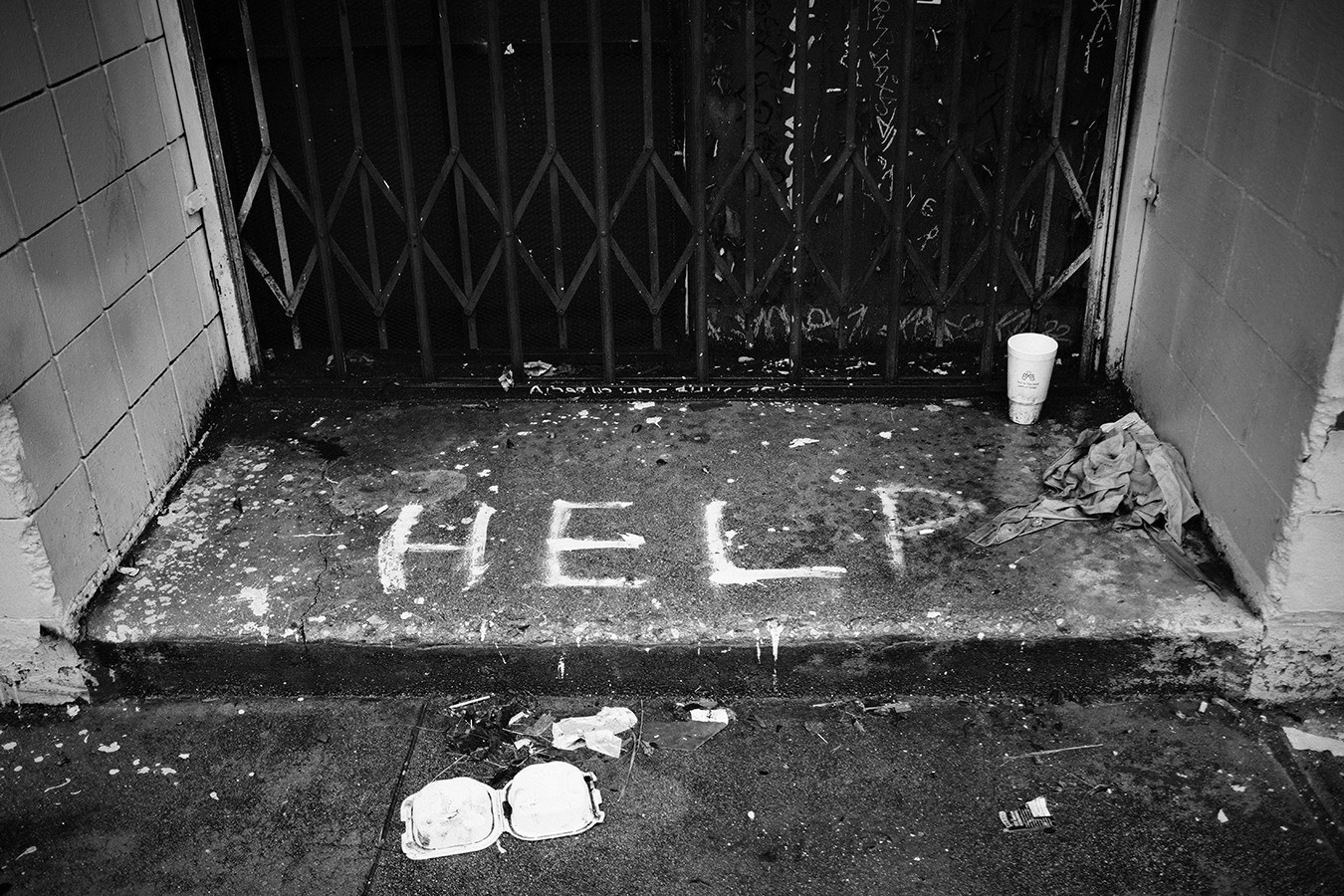
Is there something you think non-creatives will struggle to understand about your journey as a creative? Maybe you can provide some insight – you never know who might benefit from the enlightenment.
As a photojournalist, my main objective is to capture the essence of street life through my unique and distinct vision. I strive to showcase the gritty reality of life on the streets, shedding light on the marginalised members of society and the challenges they face on a daily basis.
Photographing marginalized communities often involves capturing deeply emotional and sometimes distressing moments. Non-creatives might not comprehend the emotional toll this can take on me as a photographer. The ability to empathize with my subjects while maintaining a professional distance is a delicate balance that might be hard for others to understand.
Trust and Respect: Building trust with marginalized communities or gang members I photograph is paramount. It takes time, patience, and respect to gain their confidence. Non-creatives might underestimate the effort it takes to establish this trust and the ethical responsibility I feel toward my subjects.
Ethical Dilemmas: Photographing vulnerable communities raises ethical questions about consent, dignity, and exploitation. Non-creatives might not fully grasp the ethical dilemmas I face, such as when to intervene and help versus when to observe as a documentarian.
Complex Narratives: Marginalized communities have multifaceted stories that cannot be simplified into a single image. My work involves capturing the complexity of their lives, struggles, and triumphs. Non-creatives might not fully appreciate the depth of storytelling and the need to portray a holistic narrative.
Impact and Advocacy: My photography might be a tool for social change and advocacy. Non-creatives might struggle to understand the potential impact my images can have on raising awareness, challenging stereotypes, and influencing policy changes.
Coping with Empathy: As a photographer, I often immerse myself in the lives of my subjects, feeling their pain, joy, and resilience. Non-creatives might not comprehend the emotional weight of carrying these experiences with me and how it can affect my worldview and emotional well-being.
Balancing Artistic Expression and Social Responsibility: Striking a balance between artistic expression and social responsibility is challenging. Non-creatives might not grasp the artistic choices I make in presenting these stories and the intention behind these decisions.
For me it’s important to communicate these aspects to non-creatives who engage with me or my work. This dialogue can foster a deeper understanding of the complexities involved and the issues faced by the marginalized communities I aim to represent.

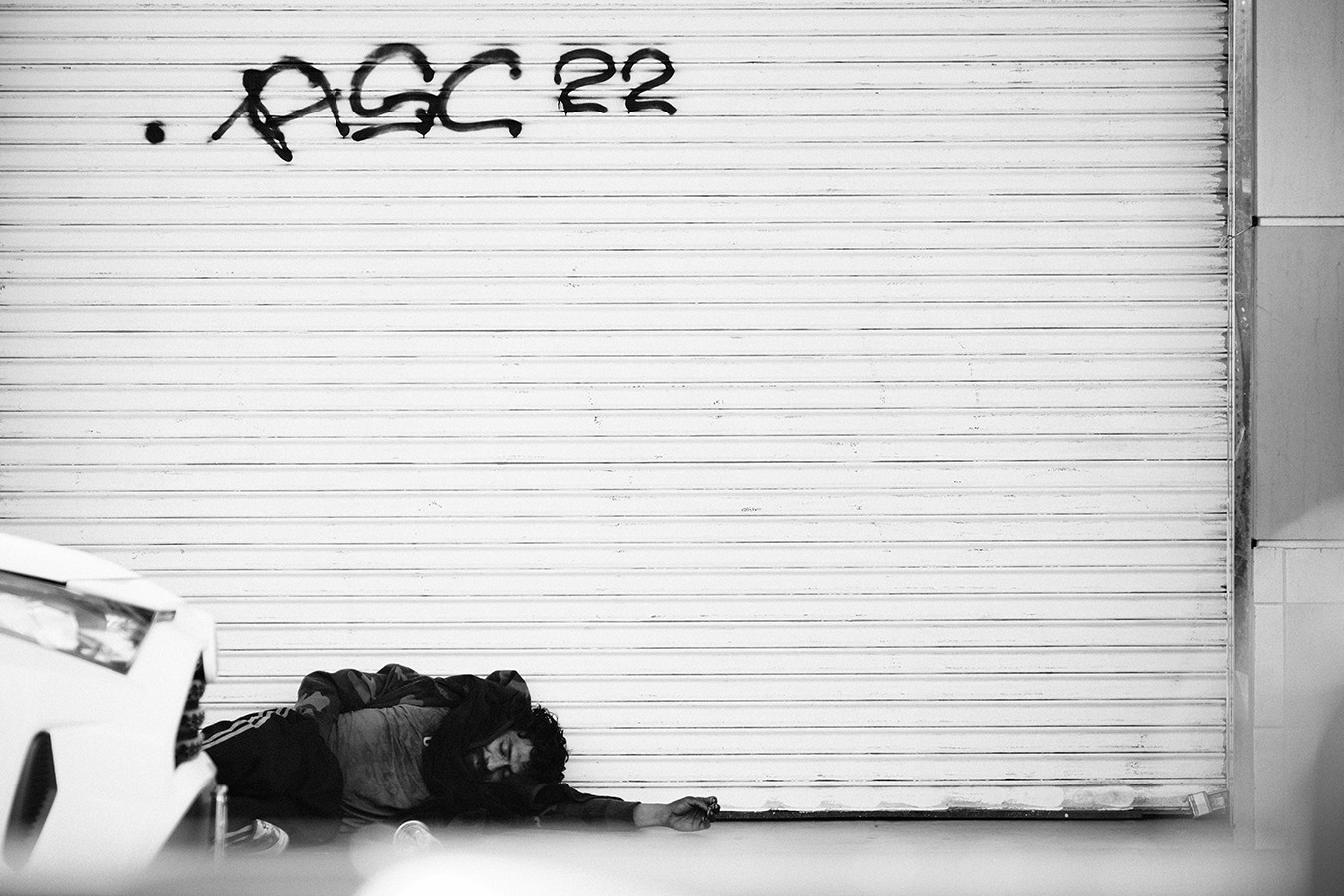
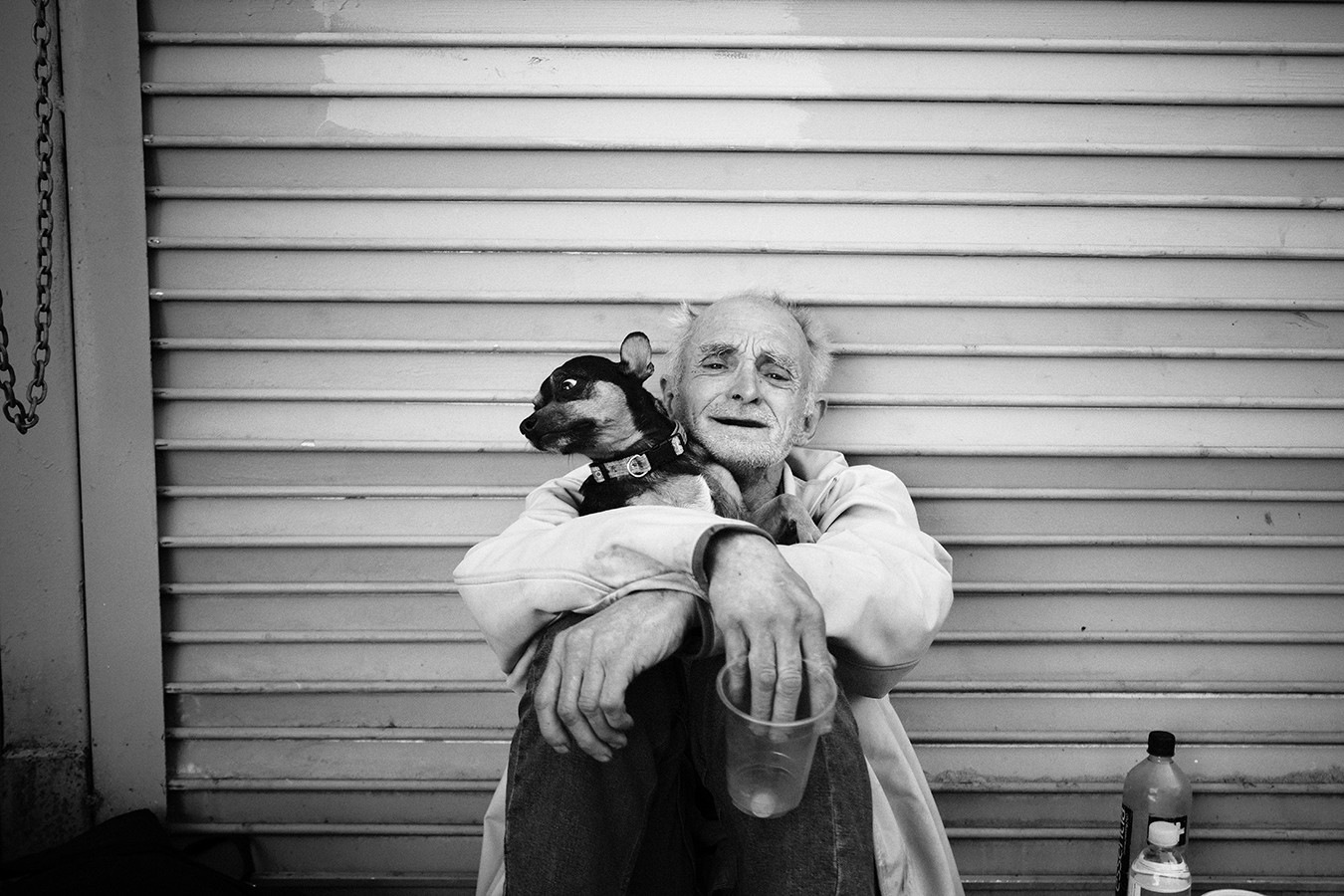
Contact Info:
- Website: www.nsd5150.com
- Instagram: @bricegelot
Image Credits
Brice Gelot – NSD51/50 © All right reserved Profile picture by Ben Alexis


